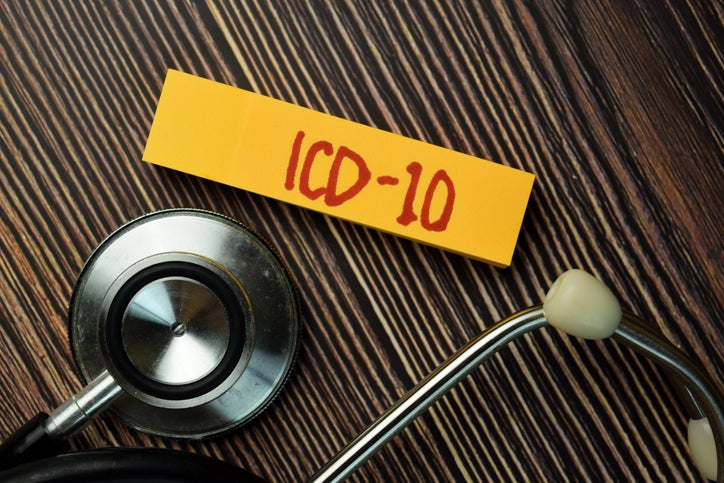
The medical record determined by ICD-10 Coding tells a story. It is composed of a narrative of what is happening with a patient. It includes objective physical exam findings, which correlate to signs, symptoms, assessed medical conditions; a detailed plan of care; and coded data.
Many providers are not fully aware of the importance of coded data through HCC Codes. It is the purpose of this article to ensure that providers understand how to capture that important information in discrete data fields in the electronic health record, which communicate to outside entities the social determinants of health.
As a part of the 2021 changes in the Evaluation & Management coding system, the American Medical Association has, for the first time ever, included Social Determinants of Health in the calculus for Medical Decision Making (MDM).
If a provider’s diagnosis and/or treatment plan is significantly limited or complicated by social factors, then the MDM may be considered of moderate risks of complications, morbidity and/or mortality from a patient management perspective. This needs to be well documented, including the impact that these factors had on the cognitive work of the provider. There are also ICD-10 codes that indicate the particular social factors.
The Center for Medicare and Medicaid Services has implemented social determinants of health into their programs.“ The evidence is clear: social determinants of health, such as access to stable housing or gainful employment, may not be strictly medical,” said CMS Administrator Seema Verma,” but they nevertheless have a profound impact on people’s wellbeing.”
Putting SDOH Coding Into Practice
Perhaps the best way to understand how to document Social Determinants of Health (SDOH) is to consider a clinical example.
A 78 year old female patient presents for evaluation of Type 2 Diabetes and Hypertension. Her Diabetes is not managed well, despite nutritional counselling and Insulin use, her Hgb A1c is 10.0; BP is elevated (170/98) today.
Upon interviewing the patient, it was discovered that she is in the position of caring for several of her great grandchildren. Her granddaughter and the granddaughter’s children have moved in with her. The three children are all under the age of five. The patient is known to this clinic, and she is known to be illiterate. She does not drive and she never obtained a driver’s license.
The patient’s 80-year-old sister is her greatest support person. The sister helps her manage her money and takes her to doctors’ appointments. She states that she lives “month to month” and sometimes buys things on a credit card. The patient has been widowed several years. When talking to the provider, she admits that her depression has worsened. She worries a lot. She rarely sleeps through the night, partly because two of the children share a bed with her. She states, “I just don’t have the time or energy to take care of my sugars.”
Note: this is not the entire record for this visit. There would be a Physical Exam, Medication Reconciliation, and a detailed Plan of care.
It is important to accurately code the patient’s Type 2 Diabetes Mellitus with a complication (hyperglycemia) (ICD-10 code E11.65), her Depression (ICD-10 code F33.1 Major Depressive Disorder, recurrent, moderate severity, and her Hypertension (ICD-10 code I10). The social factors documented here in the History of Present Illness are important to document because of the impact that they have on the patient’s health.
Did you know that there are ICD-10 HCC Codes that can be used to capture these social determinants in the clinical documentation?
Consider these ICD-10 codes for this scenario:
| Z55.0 | Illiteracy |
| Z59.6 | Low Income |
| Z60.9 | Unspecified problems related to social environment |
About the Author


